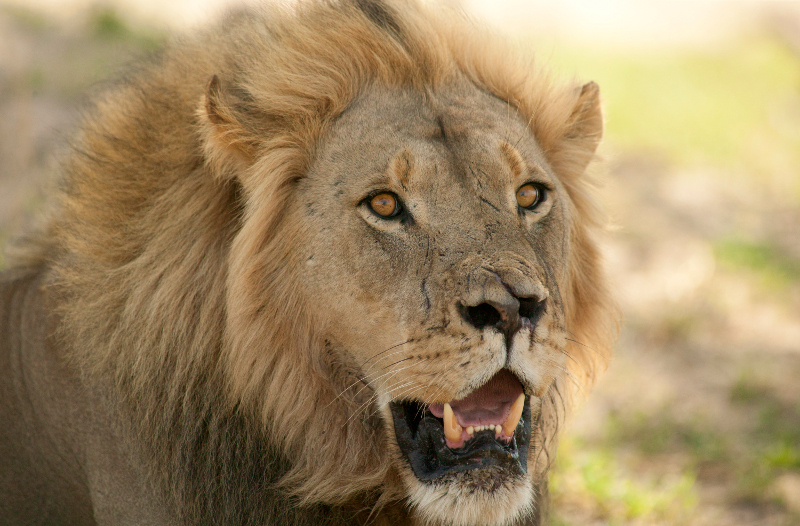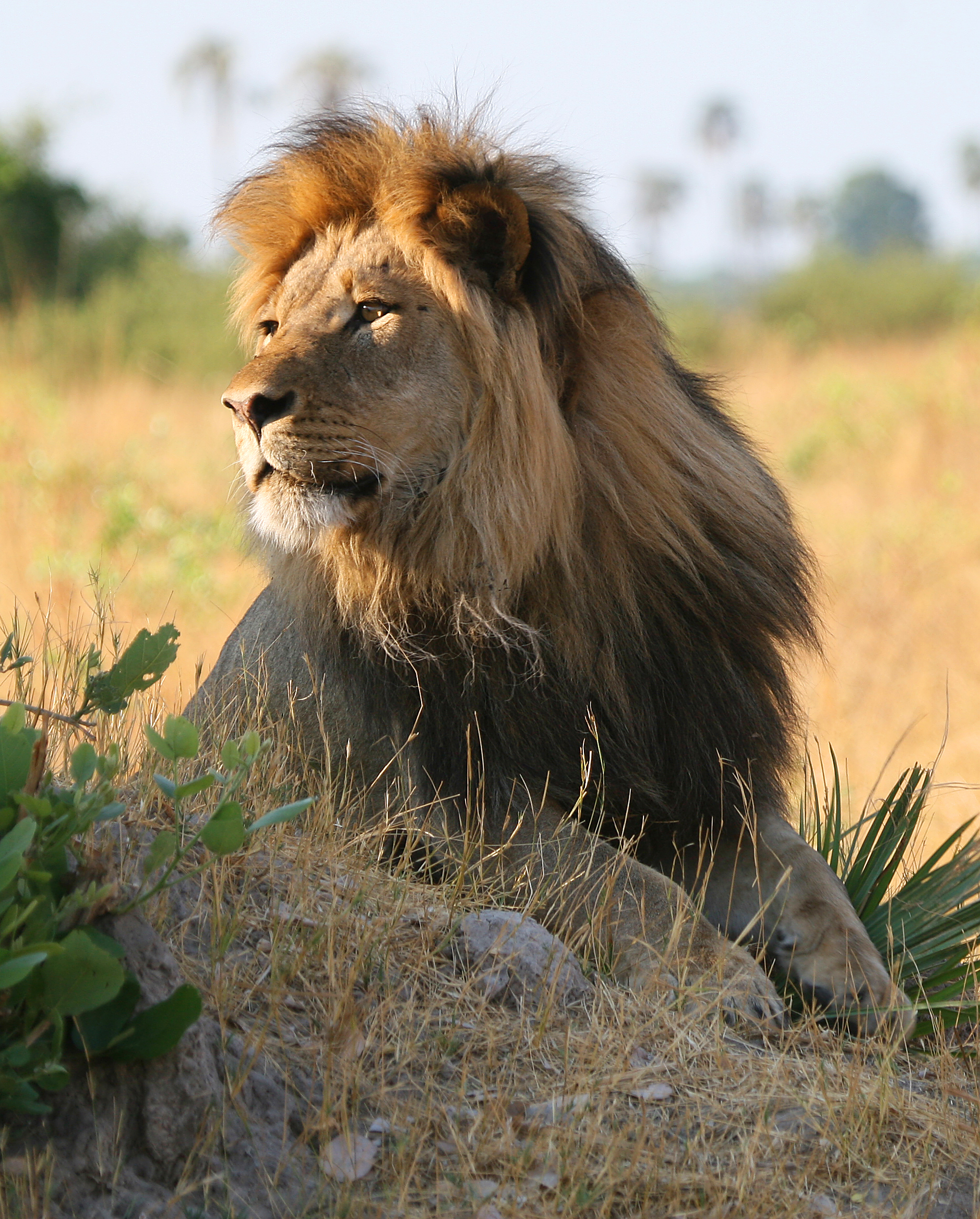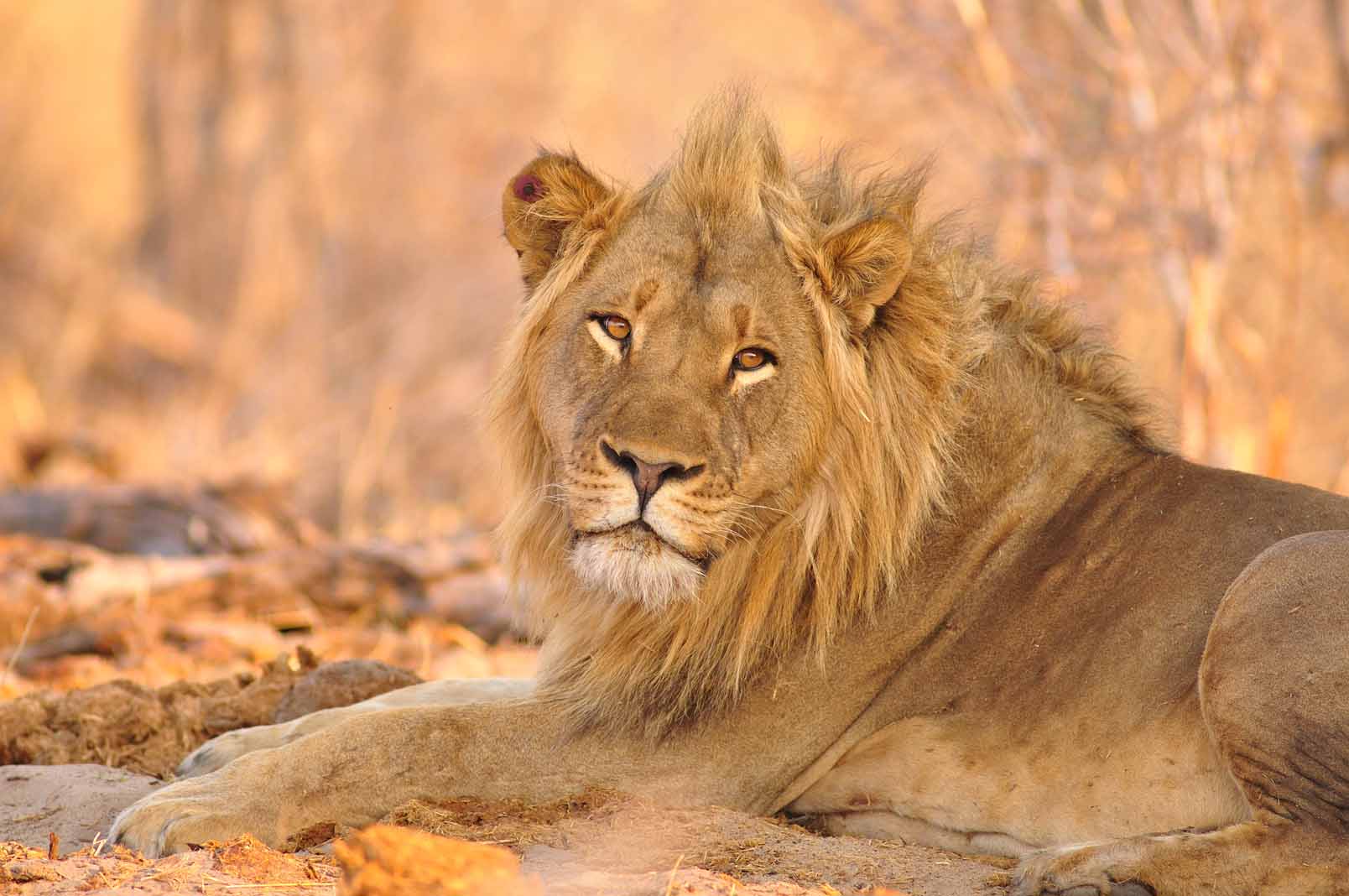News
Anthropogenic edge effects and aging errors by hunters can affect the sustainability of lion trophy hunting
Trophy hunting of African lions to generate revenue and protect wildlife habitat is widely practiced, with valid scientific and ethical arguments for and against the practice. Research, published in Scientific Reports this week, evaluates current lion trophy hunting strategies in the context of other risk factors using an individual based population model. Findings of the research suggest that it is essential to incorporate the impacts of additional sources of human-caused mortality and the ability of hunters to correctly assess age of hunted animals into management policies.
In free-ranging populations, trophy hunting is not the only human factor that may threaten a lion’s survival. Lions living along the boundaries of protected areas are often at risk of being killed in wire snares or through direct conflict with local communities resulting in an ‘edge effect’ that can impact the whole population. These additional sources of mortality as well as the impacts of edge effects on populations are important factors to consider when assessing the sustainability of trophy hunting. Sustainability also hinges on the careful management and implementation of hunting policies; wildlife management authorities are required to set annual lion hunting quotas (the number of lions that are allowed to be hunted per year) to guard against over-exploitation. Some countries have introduced rules that limit hunts to male lions that are older than a certain age. However, previous research has shown that lions are often aged inaccurately by hunters which brings into question the efficacy of current age-based hunting policies.
Using more than two decades of data on the lion population in Hwange National Park, Andrew Loveridge and colleagues from WildCRU and Zimbabwe National Parks in collaboration with Guillaume Chapron at the Swedish University of Agricultural Sciences, developed a lion population modelling tool to simulate the impacts of trophy hunting and conflict mortality on lion population persistence in the Park. Their model, which is now available as a new R package, showed that trophy hunting can be sustainable if hunts are limited to older male lions as has been reported in other studies. However, when populations are also at risk from additional sources of conflict mortality, trophy hunting can contribute to dangerous population declines, particularly when the whole population is vulnerable to these threats. The simulations also revealed that errors in the aging of hunted lions by professional hunters have the potential to undermine the sustainability of age-based quota setting strategies and recommend that these errors be accounted for in future management decision-making. The study has practical implications for lion conservation management across Africa and also provides an open-source tool that can be used by other researchers to simulate management interventions.
Loveridge, A.J., Wijers, M., Mandisodza-Chikerema, R. et al. Anthropogenic edge effects and aging errors by hunters can affect the sustainability of lion trophy hunting. Sci Rep 13, 95 (2023). https://doi.org/10.1038/s41598-022-25020-9








